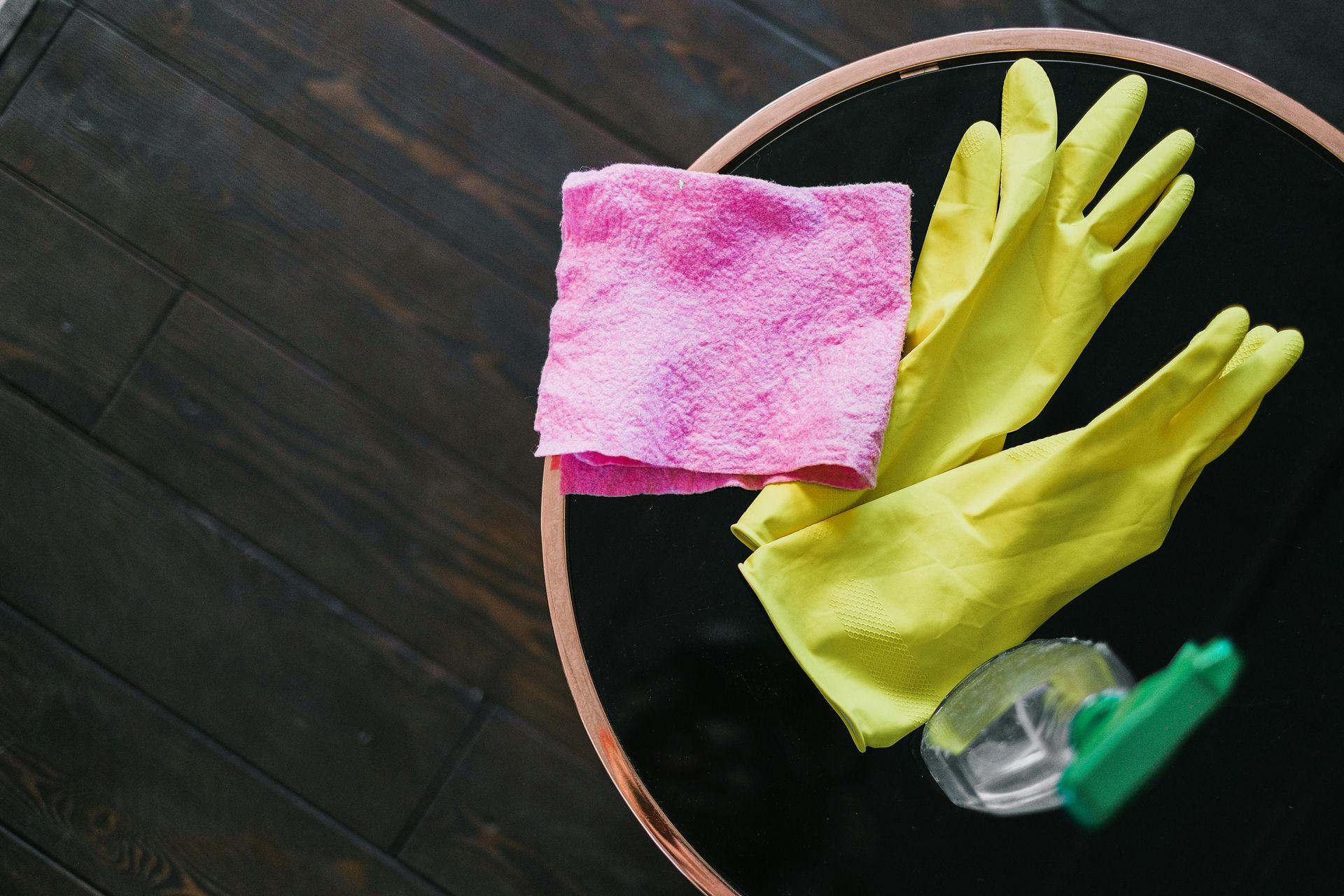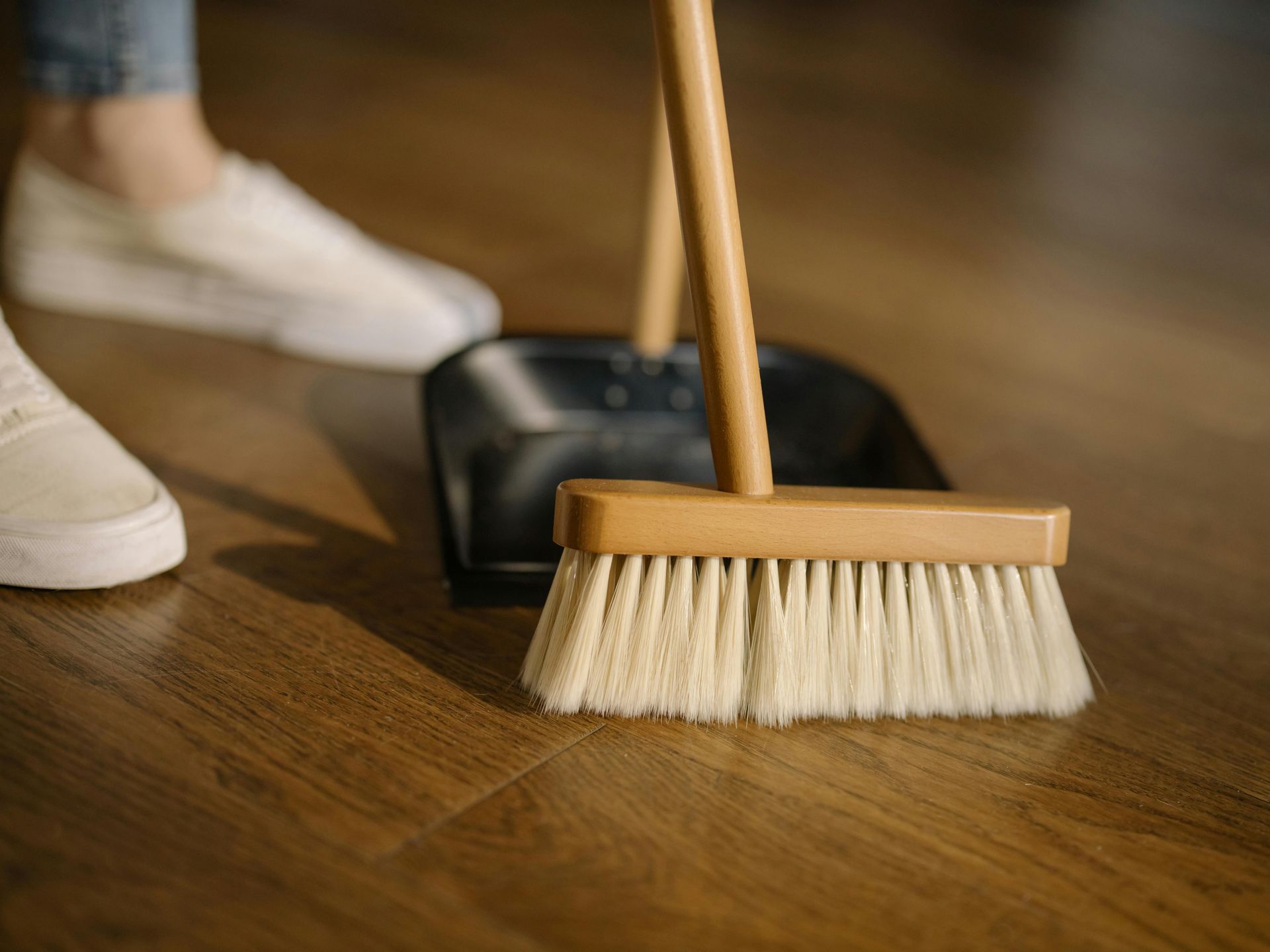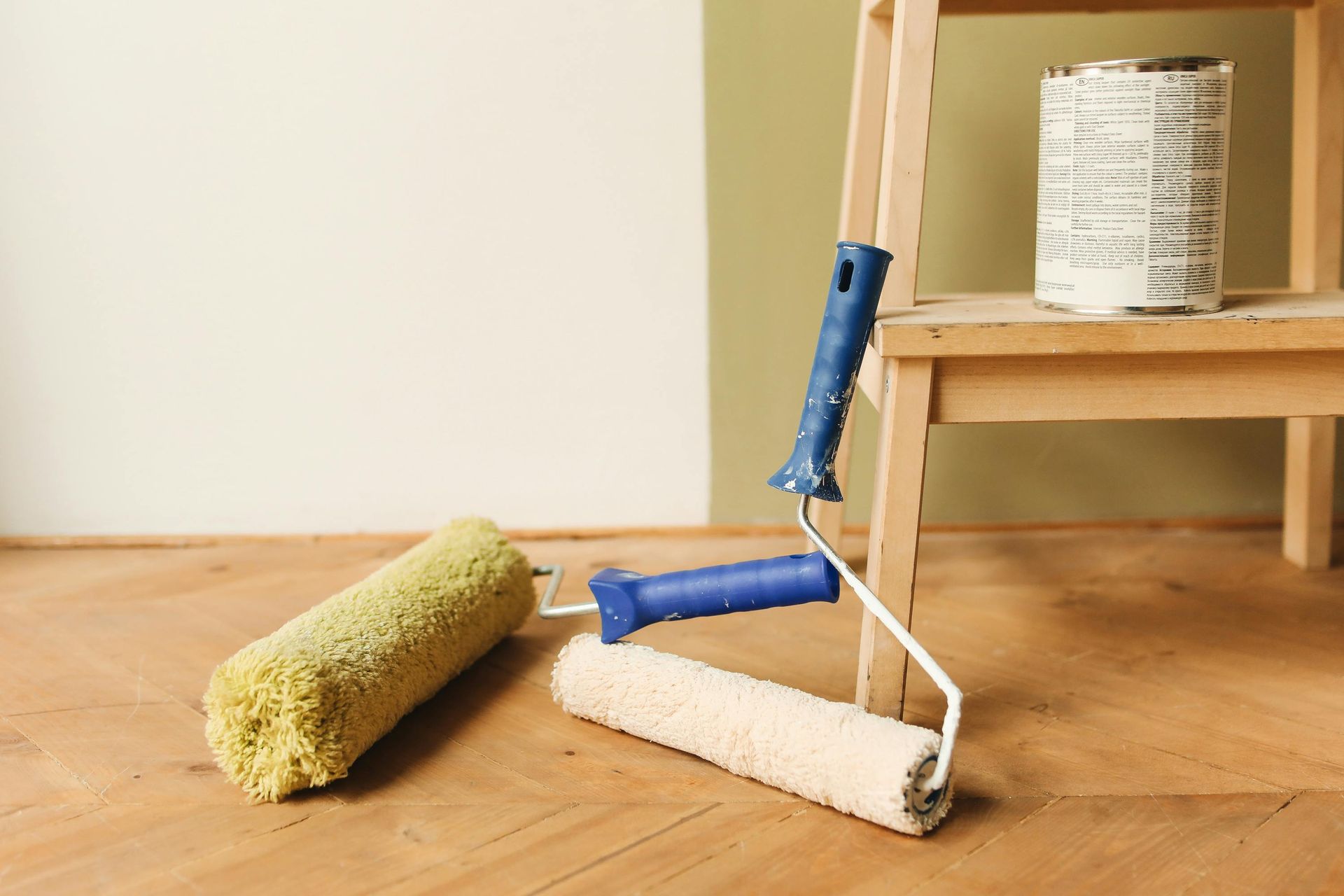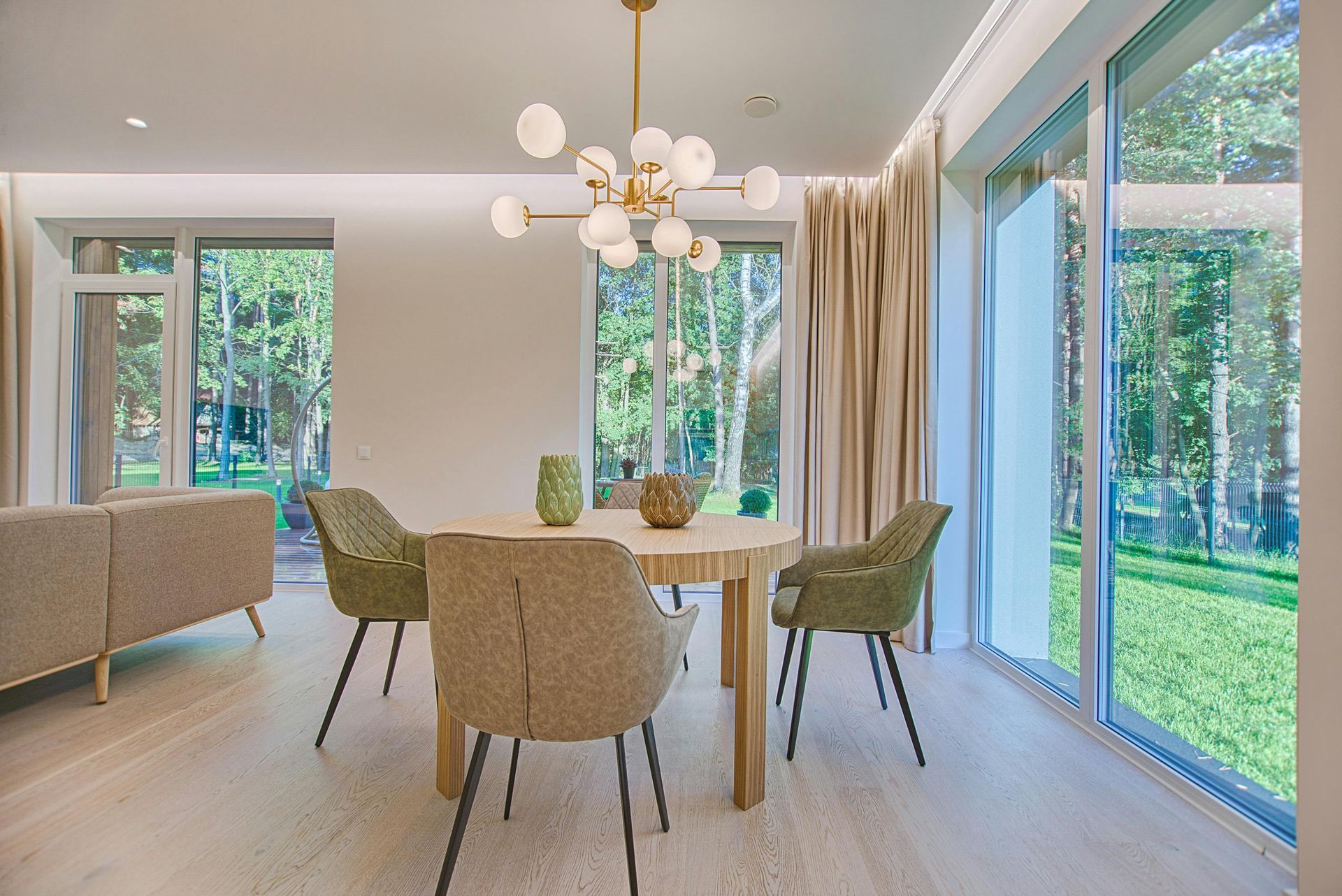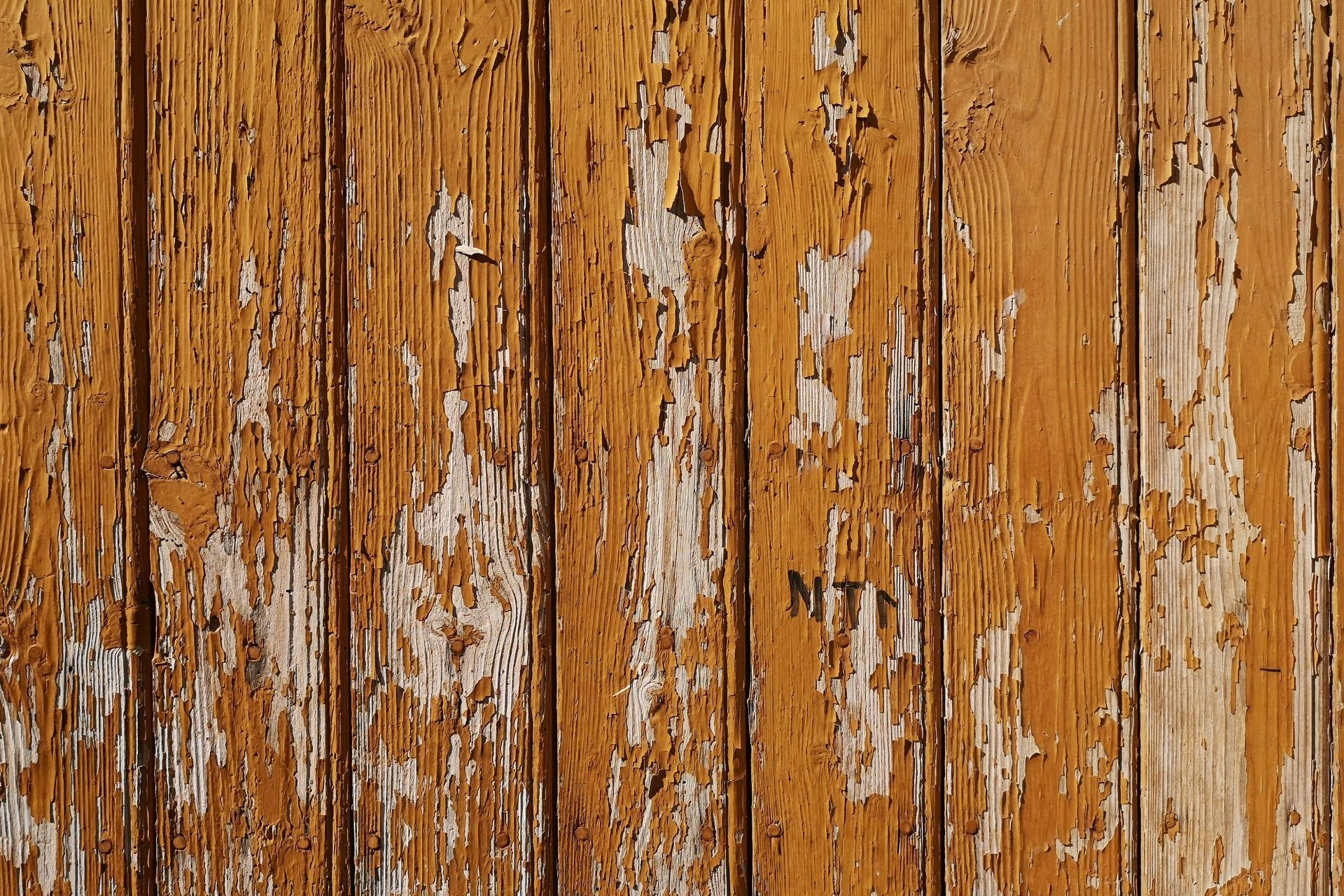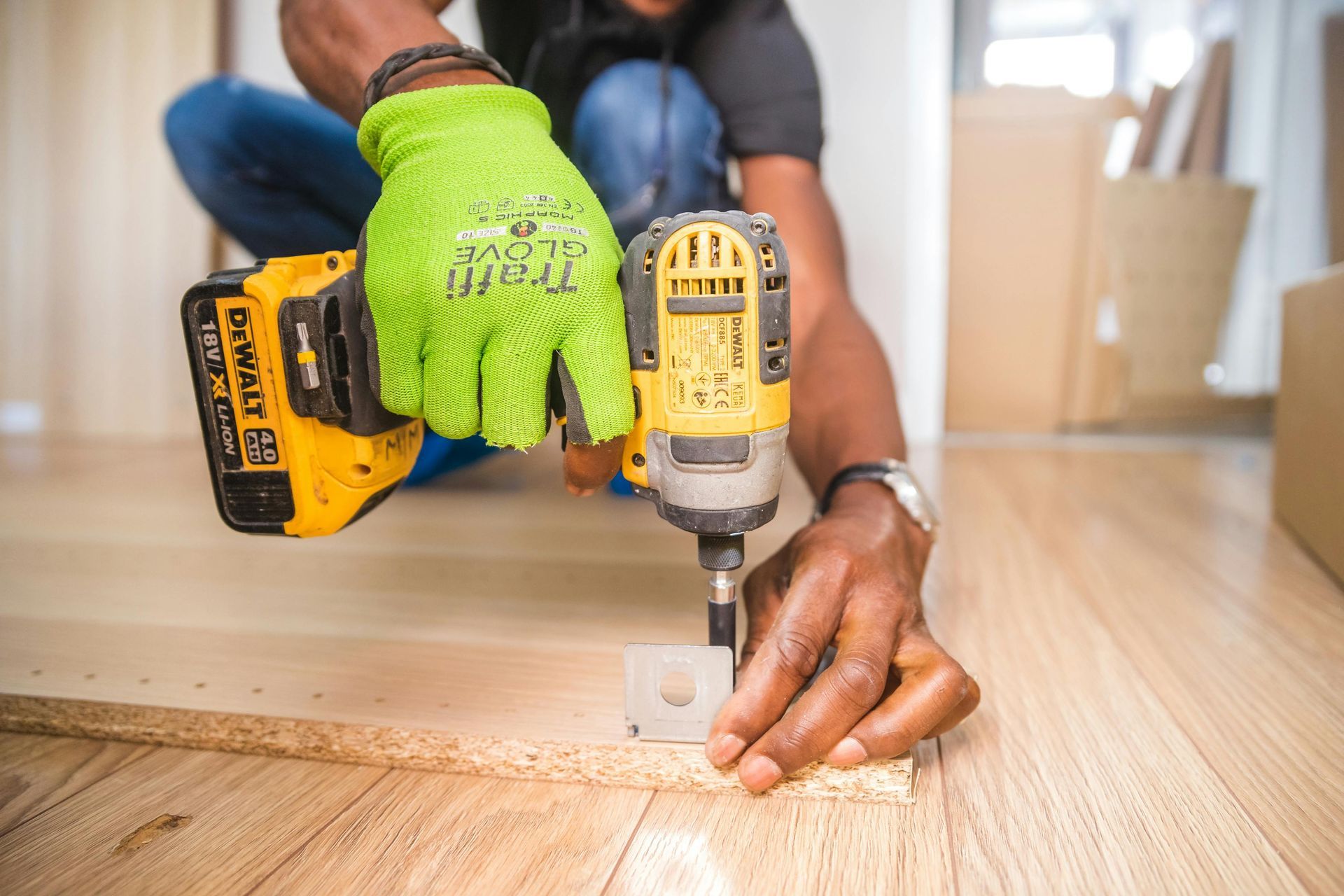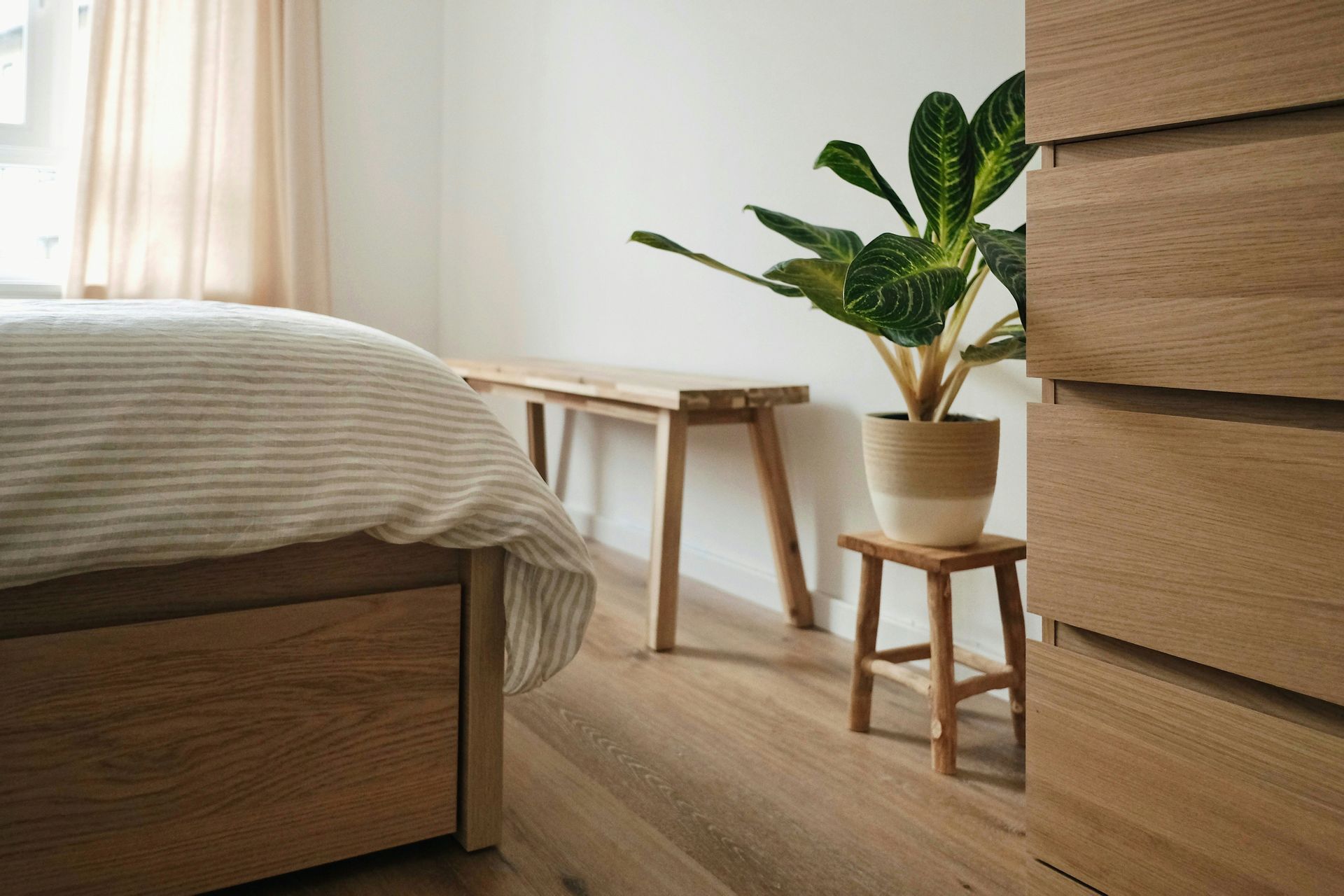Benefits of Eco-Friendly Hardwood Flooring Options
Eco-friendly hardwood flooring comes from well-managed forests that promote environmental sustainability and health. It reduces your home's carbon footprint, improves air quality by minimizing harmful chemicals, and demonstrates exceptional durability against daily wear. These floors can be refinished multiple times throughout their lifespan, and certified options provide assurance regarding sustainable sourcing practices. Continue reading to discover comprehensive reasons why this choice benefits both your home and the environment.
Key Takeaways
- Eco-friendly hardwood flooring supports sustainable forest management and biodiversity conservation for a healthier planet
- It reduces environmental impact by using reclaimed wood and non-toxic finishes, lowering your carbon footprint
- These floors improve indoor air quality by minimizing volatile organic compounds (VOCs), enhancing home comfort
- Durable and long-lasting, eco-friendly hardwood can be refinished multiple times, offering excellent value over time
- Certified eco-labels guarantee responsible sourcing and safer materials, promoting trust and environmental responsibility
Sustainable Sourcing and Forest Management
While it may seem complex, sustainable sourcing simply refers to responsible wood procurement practices. When you select hardwood flooring that originates from forests managed with responsible harvesting techniques, you contribute to maintaining healthy, thriving woodland ecosystems.
This careful approach resembles selective harvesting: taking only what's needed so the forest can regenerate naturally while preserving wildlife habitats. This methodology ensures natural regrowth and maintains biodiversity.
Biodiversity conservation plays a crucial role in this process, ensuring that diverse plant species and wildlife populations remain intact, which maintains ecosystem balance and health.
By supporting sustainable sourcing and forest management, you prioritize planetary health and future generations. This practice is a meaningful way to make a positive impact while enjoying beautiful, eco-friendly hardwood floors in your living space.
Top Eco-Friendly Hardwood Flooring Options
Selecting the right eco-friendly hardwood flooring requires understanding the various sustainable options available. Here are the most popular and environmentally responsible choices:
1. Reclaimed Wood Flooring
Reclaimed wood flooring is one of the most sustainable options available. This material comes from salvaged sources such as old barns, warehouses, factories, and deconstructed buildings. By repurposing existing wood, you prevent quality timber from ending up in landfills while reducing demand for newly harvested trees.
Reclaimed wood offers unique character with natural patinas, weathering marks, and historical charm that new wood cannot replicate. Common reclaimed species include oak, pine, chestnut, and Douglas fir. These floors provide exceptional durability since the wood has already withstood decades of use and environmental exposure.
2. FSC-Certified Hardwood
The Forest Stewardship Council (FSC) certification ensures that hardwood comes from responsibly managed forests that meet strict environmental and social standards. FSC-certified hardwood flooring guarantees that harvesting practices protect biodiversity, water resources, and indigenous communities.
Popular FSC-certified species include oak, maple, cherry, walnut, and hickory. These woods maintain traditional beauty and performance while supporting sustainable forestry practices. When you choose FSC-certified options, you can trace your flooring back to verified sustainable sources.
3. Bamboo Flooring
Though technically a grass rather than hardwood, bamboo flooring deserves mention as an eco-friendly alternative. Bamboo grows rapidly—reaching maturity in just 3-5 years compared to hardwood trees that require 20-120 years. This fast regeneration makes bamboo an exceptionally renewable resource.
Strand-woven bamboo offers hardness comparable to traditional hardwoods and comes in various colors and styles. Look for bamboo certified by the FSC or other recognized sustainability organizations to ensure responsible harvesting and manufacturing practices.
4. Cork Flooring
Cork flooring comes from the bark of cork oak trees, which regenerates after harvesting without harming the tree itself. This renewable material can be harvested every 9-12 years throughout the tree's 200-year lifespan, making it remarkably sustainable.
Cork provides natural insulation, sound dampening, and comfortable cushioning underfoot. Its antimicrobial properties resist mold and mildew growth, contributing to healthier indoor environments. Cork flooring works particularly well in kitchens, bathrooms, and areas where you stand frequently.
5. Domestic Hardwood Species
Choosing locally sourced domestic hardwood significantly reduces transportation-related carbon emissions. Native North American species like oak, maple, hickory, cherry, and ash offer beautiful, durable options while supporting local forestry industries.
Domestic hardwood requires less fuel for transportation and often undergoes processing closer to harvesting sites, further minimizing environmental impact. These species have adapted to local climates, often performing better in regional conditions than exotic imports.
6. Engineered Hardwood with Sustainable Cores
Engineered hardwood flooring features a thin hardwood veneer over a core of sustainable materials like bamboo, recycled wood fiber, or fast-growing poplar. This construction uses premium hardwood more efficiently—one tree can produce significantly more engineered flooring than solid planks.
Quality engineered floors offer stability in varying humidity conditions and can often be refinished at least once. Look for products with formaldehyde-free adhesives and low-VOC finishes to maximize environmental benefits.
7. Eucalyptus Hardwood
Eucalyptus grows rapidly in managed plantations, reaching harvest maturity in 14-20 years—much faster than traditional hardwoods. This fast-growing hardwood provides density and hardness comparable to oak while offering unique grain patterns and color variations.
Eucalyptus plantations often exist in areas unsuitable for food crop cultivation, avoiding competition with agricultural land. The wood accepts stains well and can mimic the appearance of more expensive exotic species.
8. Salvaged Heart Pine
Heart pine comes from old-growth longleaf pine trees harvested from reclaimed sources. This historic wood, often salvaged from river bottoms or old structures, features tight grain patterns and rich coloration that new-growth pine cannot match.
Using salvaged heart pine preserves irreplaceable old-growth characteristics while preventing valuable lumber from being discarded. This option appeals particularly to those seeking authentic, character-rich flooring with historical significance.
Reduced Environmental Impact
Since hardwood flooring comes from natural materials, choosing eco-friendly options substantially reduces your home's environmental footprint. When you select these floors, you're upgrading your space while making an environmentally responsible decision.
Here's how eco-friendly hardwood helps:
- Lowers carbon footprint: These floors often originate from sustainably managed forests, meaning fewer emissions from logging and processing. This keeps more carbon out of the atmosphere.
- Boosts resource conservation: Eco options use wood more efficiently, sometimes incorporating reclaimed materials or faster-growing species, so trees last longer and forests remain healthier.
- Reduces waste: Many manufacturers recycle production scraps and use non-toxic finishes, cutting pollution and reducing landfill contributions.
Improved Indoor Air Quality
When you choose eco-friendly hardwood flooring, you reduce exposure to volatile organic compounds (VOCs) that compromise air quality. Since eco-friendly options use natural materials, your home feels fresher and healthier without chemical contamination.
Reduced VOC Emissions
While you might not notice immediately, indoor air sometimes feels stuffy or triggers allergies. This often results from volatile organic compounds (VOCs) released by some building materials.
Choosing eco-friendly hardwood flooring facilitates VOC reduction, improving air quality substantially. When you select these floors, you create a healthier home environment. Here's why it matters:
- Fewer VOCs mean reduced headaches and allergies for your household
- Better air quality keeps everyone feeling comfortable and energized throughout the day
- You make a health-conscious choice that prioritizes environmental responsibility
Natural Material Advantages
Because natural hardwood comes directly from renewable sources, it doesn't contain the synthetic chemicals that many manufactured materials include. When you install eco-friendly hardwood in your home, you select a surface that enhances indoor air quality naturally.
Thanks to its natural insulation properties, hardwood maintains comfortable indoor temperatures, reducing heating and cooling needs—benefiting both you and the environment.
Additionally, hardwood's aesthetic versatility means it complements any design style, from rustic charm to contemporary minimalism.
Durability and Longevity
Exceptional durability ranks among the most significant advantages of eco-friendly hardwood flooring. When you choose this option, you invest in flooring that withstands the test of time.
Here's why it outlasts many alternatives:
- Maintenance practices are straightforward and effective: Regular sweeping and periodic polishing keep your floor looking excellent without extensive effort.
- Eco-friendly hardwood often demonstrates superior lifespan compared to synthetic materials: It can last several decades, even with heavy foot traffic, making it a smart long-term investment.
- These floors can be sanded and refinished multiple times: You're not limited by scratches or dull spots—restoration returns them to like-new condition.
Unique Aesthetic Appeal
When you enter a room with eco-friendly hardwood flooring, its natural charm immediately captures attention. The unique color variations in the wood give each plank individual character, making your space feel warm and inviting.
You don't simply get a floor; you receive a piece of nature's artistry beneath your feet. These floors offer design versatility that accommodates virtually any style—whether you prefer modern minimalism or cozy farmhouse aesthetics, there's an eco-friendly option that aligns with your taste.
Furthermore, knowing your floor has connections to sustainability adds special pride. It represents a commitment to both beauty and planetary responsibility.
Certification and Eco-Labeling Benefits
Obtaining certified and eco-labeled hardwood flooring provides verification of environmental responsibility. It demonstrates your commitment to sustainability and connects you with a community that values ecological stewardship.
When you select flooring with recognized certification standards, you ensure it meets rigorous eco-labeling criteria. Here's why that matters:
- Trustworthy Quality: These certifications verify that wood originates from responsibly managed forests—you receive verified assurance rather than unsubstantiated claims.
- Healthier Home: Eco labels often guarantee reduced harmful chemical content, making your space safer and more comfortable for everyone.
- Meaningful Connection: By choosing certified flooring, you demonstrate environmental responsibility and commit to shared ecological values.
Cost-Effectiveness Over Time
While eco-friendly hardwood flooring may appear more expensive initially, it delivers substantial financial benefits over time. When you choose these sustainable options, you make both an environmental and fiscally sound decision.
The long-term savings derive from exceptional durability; these floors resist wear effectively, eliminating frequent repair or replacement expenses. Your floors will age gracefully, and you'll appreciate knowing your investment endures while supporting eco-friendly practices.
Over time, initial costs diminish compared to accumulated savings, making eco-friendly hardwood a beneficial choice on multiple levels. Think of it as a measured investment now that generates substantial future returns while participating in something meaningful.
Installation and Maintenance Considerations
Proper installation and maintenance maximize the benefits of eco-friendly hardwood flooring. Professional installation ensures proper acclimation, appropriate moisture barriers, and correct fastening techniques that extend floor lifespan.
For maintenance, use pH-neutral cleaners specifically formulated for hardwood. Avoid excessive water and harsh chemicals that can damage wood or compromise eco-friendly finishes. Place protective pads under furniture, use area rugs in high-traffic zones, and maintain consistent indoor humidity levels between 30-50% to prevent warping or gapping.
Frequently Asked Questions
What's the difference between FSC and PEFC certifications?
FSC (Forest Stewardship Council) and PEFC (Programme for the Endorsement of Forest Certification) both verify sustainable forestry practices. FSC maintains stricter standards and chain-of-custody tracking, while PEFC certifies more forest area globally through regional programs. Both certifications ensure responsible sourcing, though FSC generally receives stronger recognition among environmental organizations.
How often should eco-friendly hardwood floors be refinished?
Eco-friendly hardwood floors typically require refinishing every 7-10 years in high-traffic areas, or 10-15 years in moderate-use spaces. The ability to refinish multiple times, which is often 3-5 times over the floor's lifetime, significantly extends its lifespan. Watch for surface scratches, dullness, or worn finish as indicators that refinishing is needed.
Do reclaimed wood floors cost more than new hardwood?
Reclaimed wood floors often cost 10-50% more than new hardwood due to salvage labor, denailing, and preparation requirements. However, you gain unique character, historical value, and superior environmental benefits. The premium price reflects the wood's rarity and the craftsmanship involved in transforming salvaged materials into beautiful flooring.
Can eco-friendly hardwood flooring increase home resale value?
Yes, eco-friendly hardwood flooring can increase home resale value by 3-5% compared to homes with carpet or laminate. Buyers increasingly prioritize sustainable features and natural materials. Quality hardwood floors signal long-term durability and reduced future maintenance costs, making your property more attractive to environmentally conscious buyers.
What thickness Is best for eco-friendly engineered hardwood?
For eco-friendly engineered hardwood, choose products with at least a 3mm wear layer (top hardwood veneer). This thickness allows for 1-2 refinishing sessions, extending floor life significantly. Total plank thickness of 3/8" to 1/2" provides stability while using wood resources efficiently. Thicker wear layers offer better long-term value despite higher initial costs.
Final Thoughts
Consider this example: a homeowner switched to eco-friendly hardwood floors last year. Their home feels fresher, and the floors maintain their excellent appearance despite active household use. Choosing these options benefits the planet while boosting indoor air quality and providing long-term cost savings. Additionally, you achieve that unique, warm aesthetic without environmental compromise.
Selecting eco-friendly hardwood represents more than smart decision-making; it's a meaningful choice for you and the Earth. With numerous sustainable options available, from reclaimed wood to FSC-certified species, you can find the perfect flooring that aligns with both your design preferences and environmental values.
Shopping around for the best eco-friendly hardwood option for your home? We can help!
References:
https://woodsourcing.awc.org/
https://fsc.org/en/businesses/wood
https://iopscience.iop.org/article/10.1088/1757-899X/960/4/042093/pdf




